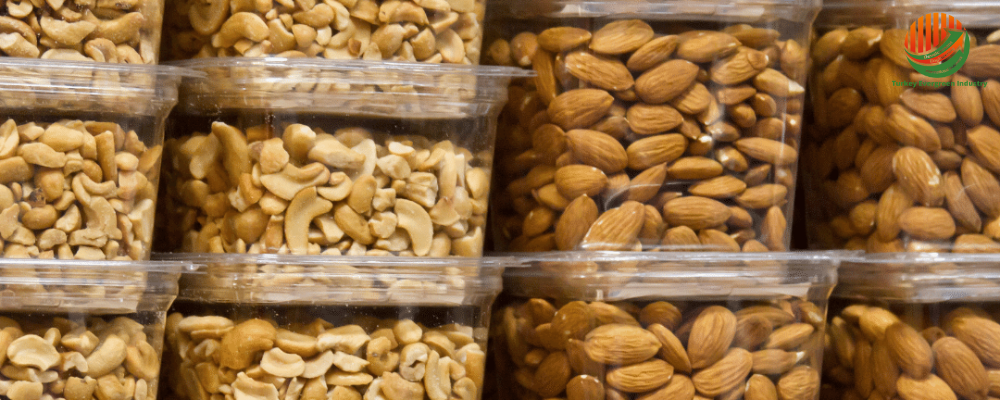Thermoforming Project

What is Thermoforming
Thermoforming describes the process of heating a thermoplastic sheet to its softening point, stretching it over or into a single-sided mold, and holding it in place while it cools and solidifies into the desired shape. The thermoplastic sheet is clamped into a holding device and heated by an oven using either convection or radiant heat until it is softened. The sheet is then held horizontally over a mold and pressed into or stretched over the mold using vacuum pressure, air pressure, or mechanical force. The softened sheet conforms to the shape of the mold and is held in place until it cools. The excess material is then trimmed away and the formed part is released. Excess material can be reground, mixed with unused plastic, and reformed into thermoplastic sheets.

Advantages of Thermoforming
Thermoforming holds many advantages that make it a favorable process over other types of molding. Some of these advantages include:
-The ability to create several finished parts from the same material.
-It allows for the detection of possible design and fit issues before it is too late.
-It saves time and money.
-It is beneficial when using large parts.
Benefits of Thermoforming
The thermoforming process offers many benefits to both the manufacturer and end user. Some of these benefits include:
-Efficient.
-Cost-effective.
-Short lead time.
-Easy to add details.
-Freedom of design.
Primary material
PP (Polypropylene) – This material has excellent chemical resistance. It is rigid and has good impact strength. It is good at higher temperatures but dimensionally is not as stable as other materials.
PET (Polyethylene Terephthalate) – This material is commonly used food packaging. It is clear and has a low cost. It can be FDA certified if needed.
PC (Polycarbonate) – This material has an incredibly high impact strength. It is clear and has a high-temperature resistance.

